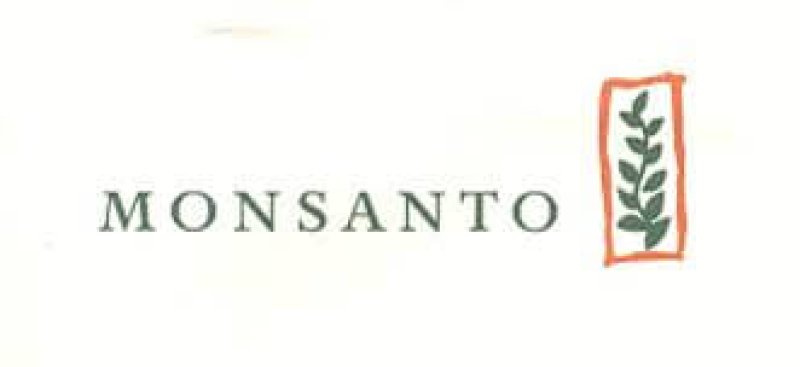The GLP aggregated and excerpted this blog/article to reflect the diversity of news, opinion and analysis.
The 2015 Nobel Prize for Physiology or Medicine just went to three scientists who found parasite-killing chemicals that are now important tools for fighting human diseases. But the chemicals in question weren’t created in a lab: one is produced naturally by a bacterium, the other by a plant used in a traditional Chinese herbal recipe dating back 1,000 years.
William C. Campbell, now a research fellow emeritus at Drew University, and Satoshi Ōmura, now professor emeritus at Kitasato University, discovered avermectins, which has led to a drug that dramatically lowered incidences of African river blindness (Onchocerciasis). They share the prize with Youyou Tu, from the China Academy of Traditional Chinese Medicine, who discovered artemisinin, a drug that has lowered mortality rates for people stricken with malaria. Tu is the 12th woman to be awarded the Nobel Prize for Physiology or Medicine.
Malaria is nasty. Five different species of the mosquito-borne parasite Plasmodium can cause the disease, it kills about half a million people each year, mostly children, and it’s been steadily evolving resistance to the drugs that used to control it.
As resistant forms of the parasite appeared in the 1960s, Tu was called on to develop new malaria therapies for China. She used what we would now call an ethnobotanical approach, testing plants used in traditional Chinese malaria remedies to figure out whether they actually worked.
Read full, original post: This Year the Medicine Nobel Prize Went to a Pair of Parasite Poisons































